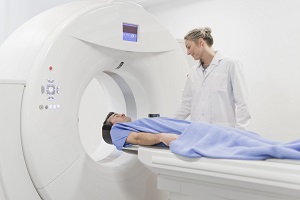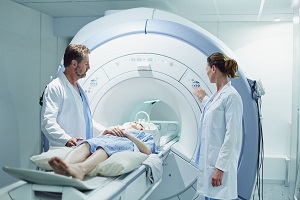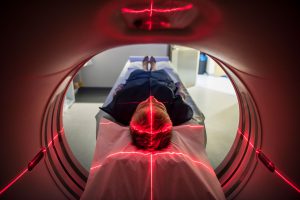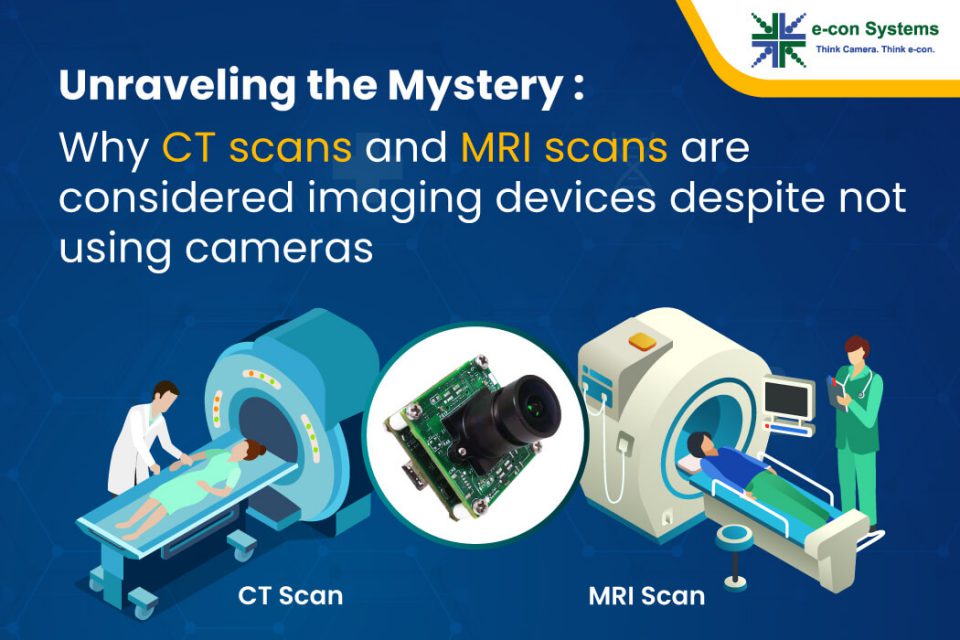Computed Tomography (CT) scans and Magnetic Resonance Imaging (MRI) scans are two of the most used medical imaging technologies in modern medicine. However, despite their widespread use, many people still question why they are considered imaging devices, even though they do not use cameras in the traditional sense. This article aims to explain the reasons why CT scans and MRI scans are considered imaging devices and how they produce detailed images of the inside of the human body.
Overview of how CT scans and MRI scans work:
Computed Tomography (CT) scans use X-rays to generate images of the internal structures of the body. During a CT scan, the patient is placed on a table that moves through a doughnut-shaped machine known as the gantry. The X-rays pass through the body and are detected by the gantry’s detectors, which measure the amount of radiation absorbed by different tissues. This information is then processed by a computer to produce a three-dimensional image of the internal structures of the body. CT scans are particularly useful for detecting internal injuries, tumors, and other anomalies.

Magnetic Resonance Imaging (MRI) scans utilize a strong magnetic field and radio waves to create images of the body’s internal structures. The patient lies on a table that is positioned inside a large, cylindrical machine known as the bore. The bore contains a powerful magnetic field that causes the hydrogen atoms in the body to align in a specific way. Radio waves are then used to disrupt this alignment, and the resulting change in alignment is measured and processed by a computer to create images of the internal structures of the body. MRI scans are particularly useful for examining soft tissues such as the brain, spinal cord, and muscles, as well as detecting certain types of tumors, infections, and other anomalies.
 Although CT scanners and MRI machines do not use cameras in the traditional sense, they are still considered camera-based medical imaging devices because they produce images using technology similar to photography. This is a testament to the sophistication of the technology behind these diagnostic tools and the crucial role they play in modern medicine.
Although CT scanners and MRI machines do not use cameras in the traditional sense, they are still considered camera-based medical imaging devices because they produce images using technology similar to photography. This is a testament to the sophistication of the technology behind these diagnostic tools and the crucial role they play in modern medicine.
Incorporating Cameras for enhanced accuracy in the evolution of CT scans and MRI scans
In modern medical practice, cameras are used in CT scans and MRI scans for various purposes. During the scan, cameras are used to monitor the position of the patient to ensure that the images produced are clear and accurate. This helps to eliminate any inconsistencies or distortions that may occur if the patient moves during the scan. In addition to monitoring the patient’s position, cameras can also be used to adjust the position of the patient to ensure that the images produced are as clear and accurate as possible.

The use of cameras in CT scans and MRI scans is crucial to the accuracy and reliability of the images produced. The resulting images are then analyzed by trained professionals who use them to make an accurate diagnosis, plan a treatment, or monitor the progress of a condition. The integration of cameras into CT scans and MRI scans is just one of the many ways in which technology has revolutionized the field of medicine and made diagnoses and treatments more accurate and effective.
e-con’s camera solution for patient positioning
At e-con Systems, we specialize in camera solutions, including 3D Time-of-Flight (ToF) cameras, which can be integrated into CT scans and MRI scans for accurate patient positioning. Our ToF cameras work in conjunction with medical imaging equipment, providing real-time monitoring of the patient’s position and enabling adjustments to be made as required. Our camera solutions represent the latest in medical imaging technology, reflecting the ongoing evolution of CT scans and MRI scans and the vital role they play in modern medicine. With our cutting-edge ToF camera solutions, we are committed to delivering innovative solutions that enhance medical imaging and patient care.
Conclusion:
In conclusion, CT scans and MRI scans are considered imaging devices despite not using cameras in the traditional sense. They use X-rays and magnetic fields, respectively, to produce detailed images of the internal structures of the body. The use of cameras in CT scans and MRI scans is crucial to the accuracy and reliability of the images produced, allowing for earlier and more accurate diagnoses and treatments. The sophistication of the technology behind these diagnostic tools is a testament to the progress made in the field of medical imaging and the critical role it plays in modern medicine.

Balaji is a camera expert with 18+ years of experience in embedded product design, camera solutions, and product development. In e-con Systems, he has built numerous camera solutions in the field of ophthalmology, laboratory equipment, dentistry, assistive technology, dermatology, and more. He has played an integral part in helping many customers build their products by integrating the right vision technology into them.




